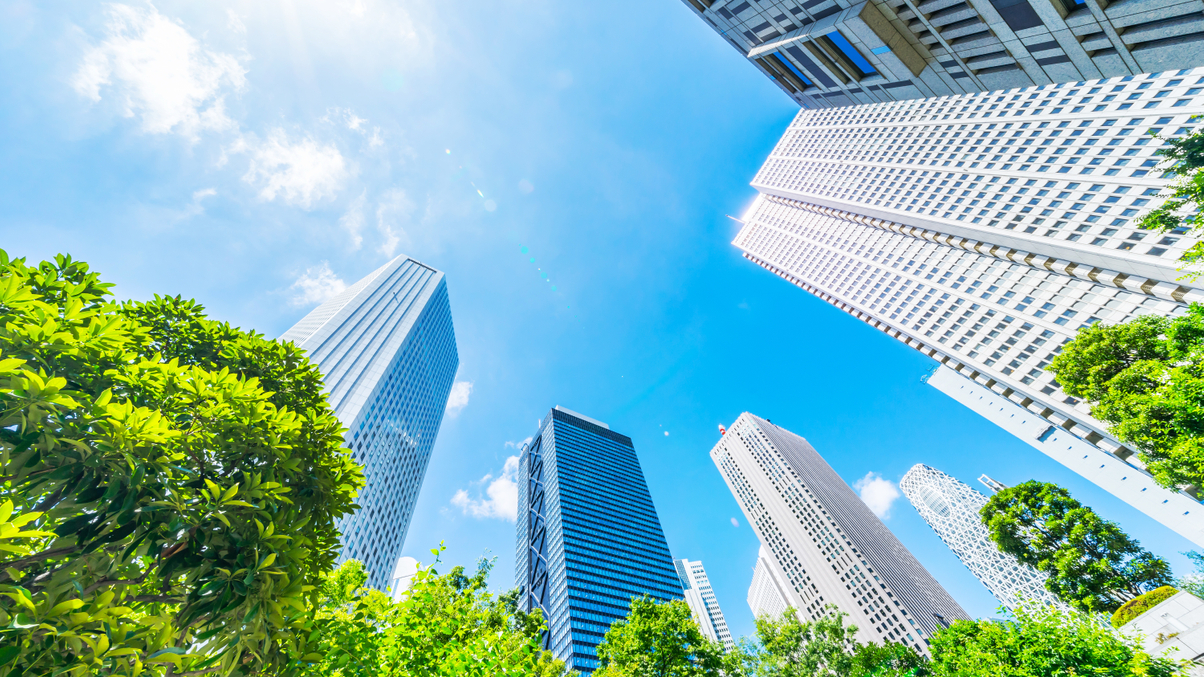Build or buy? Property investors split over ESG
When it comes to properties, new build and old build present very different ESG challenges. AsianInvestor asked asset owners which they prefer and why.

Investors are wrestling with whether building or buying properties is better for the environment, as they consider the embedded carbon in a building’s construction, the emitted carbon from running it and the need to make a good investment.
Sign in to read on!
Registered users get 2 free articles in 30 days.
Subscribers have full unlimited access to AsianInvestor
Not signed up? New users get 2 free articles per month, plus a 7-day unlimited free trial.
¬ Haymarket Media Limited. All rights reserved.


